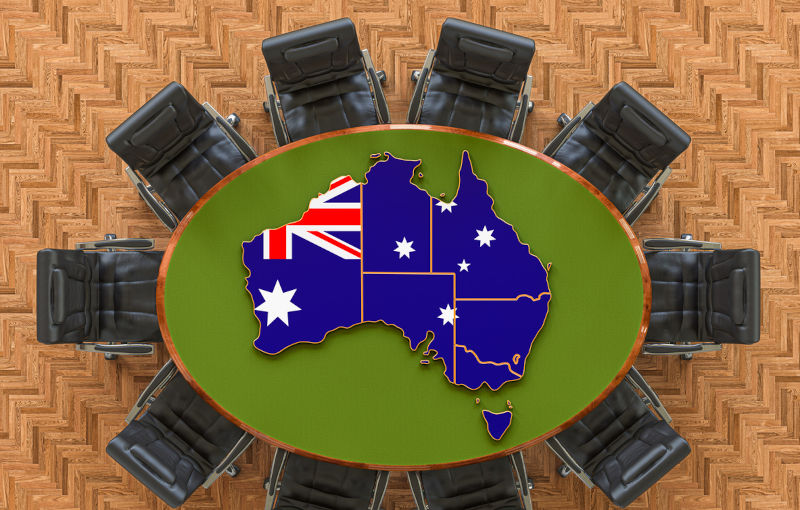‘To Boldly Go’---but not so far as to replace the private sector
April 21, 2024
The Government’s foreshadowed bill for a “Future Made in Australia” has been met with two very different kinds of response, one positive, welcoming the prospect of initiatives from the Government to support and promote investment in forward-leaning projects and the “industries of the future”, the other negative, saying that governments should stay out of private sectors’ business, risk creating distortions if they don’t, and in Australia’s case that we shouldn’t try to compete with much bigger countries like the US and China, able to swamp any subsidies we might give our industries.
From the op-ed by the Treasurer in “The Australian” of 17 April it appears that the Government is not going to be put off by the criticism of possible market distortion, and believes it has a more sophisticated perception of what it is planning to do, that makes sense—“incentivising the private sector, not replacing it”. To use a phrase used recently by Japanese Prime Minister Kishida during his visit to the US, the Government will “boldly go” along the value-adding path, but “anything the government does will only ever be a tiny sliver of what’s needed”.
This proposal by our government, and the reactions to it, remind me very much of the situation almost 45 years ago. I had just returned to Australia after a posting as Ambassador to the Republic of Korea. South Korea at that time was already going like steam, establishing basic industries like iron and steel and ship-building, and seeking out new areas to expand into, like semi-conductors. In doing that it turned to the existing large Korean firms ,“chaebol”, or, when no appropriate Korean firm already existed, the government created new ones, like POSCO, Pohang Iron and Steel, which became an extremely efficient steel producer. ( POSCO early on was helped to a considerable degree by BHP’s conclusion that despite an international panel’s view that South Korea could never become an economic success as a steelmaker it was a goer, and that it (BHP) would support it as a reliable supplier of raw materials.)
The whole atmosphere in South Korea at the time was dynamic, with options being explored and firms, like Hyundai, which later became known world-wide, establishing themselves and expanding their scope. Government institutions were also establishing themselves, and testing out what they could and should do. One that was of interest was the Korean Institute of Science and Technology, KIST. It was of interest to Australia, and the CSIRO, because it regarded the commercial application and development of its research activities as a much more important and basic aspect of its work than, for example, the CSIRO did. I remember that a very senior member of the CSIRO visited Korea to look at KIST, but I don’t think anything changed about the CSIRO’s remit as a result.
When I returned to Australia, and Canberra, at the conclusion of my posting I was full of Korea, its economic dynamism and the successes it had already achieved—in my opinion, by bringing together what the public and private sectors could each do. I tried to put this recipe forward within the government, but without success. At about this time a very prestigious enquiry into Australia’s manufacturing industry, I think chaired by Sir John Crawford and including Bob Hawke as a member, produced its report. It concluded in part that the Government could not support particular industries “because we might be wrong”. I thought nothing could be more different from the Korean attitude, which was something like “bring everything we can to bear on the situation, draw the best conclusion we can from that, and then go for it”. And they’ve done very well indeed.
The present is, as Government spokesmen have said, a very crucial juncture. Aspects of it are climate change, the consequent need for change in the world’s energy mix, and other major changes in technology—all in a context of geo-political strains and conflict affecting nations’ internal economies and trade and supply-chain flows. In this situation we need to do as well as we possibly can, making the most of our advantages and coping with our weaknesses. Perhaps we can’t have “a Future Made in Australia”; but we can try to have as much a say in it as we can.

